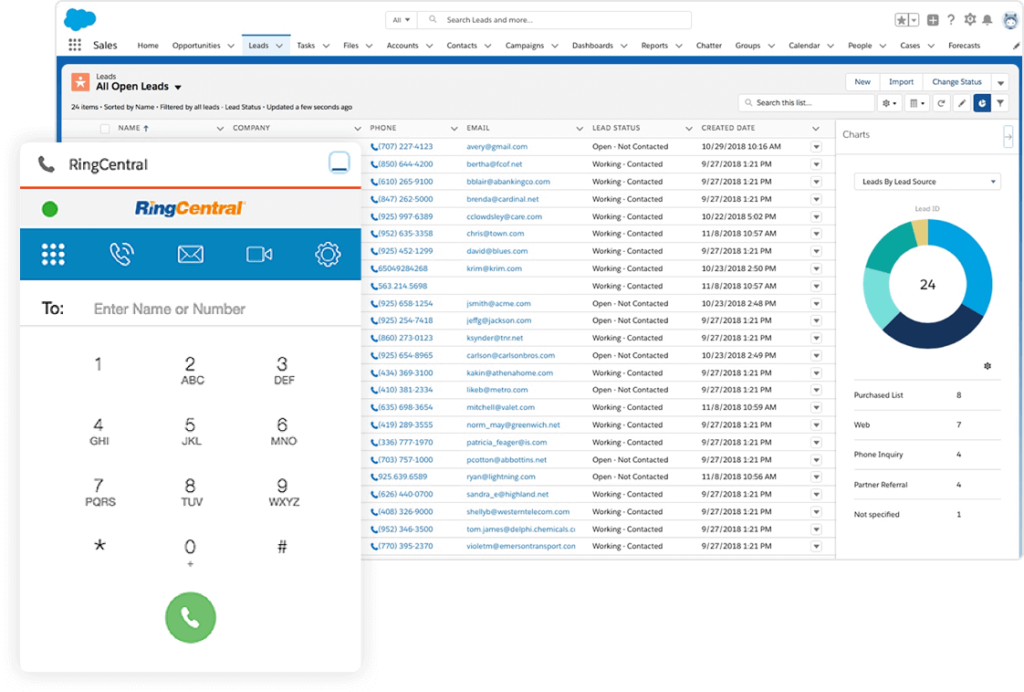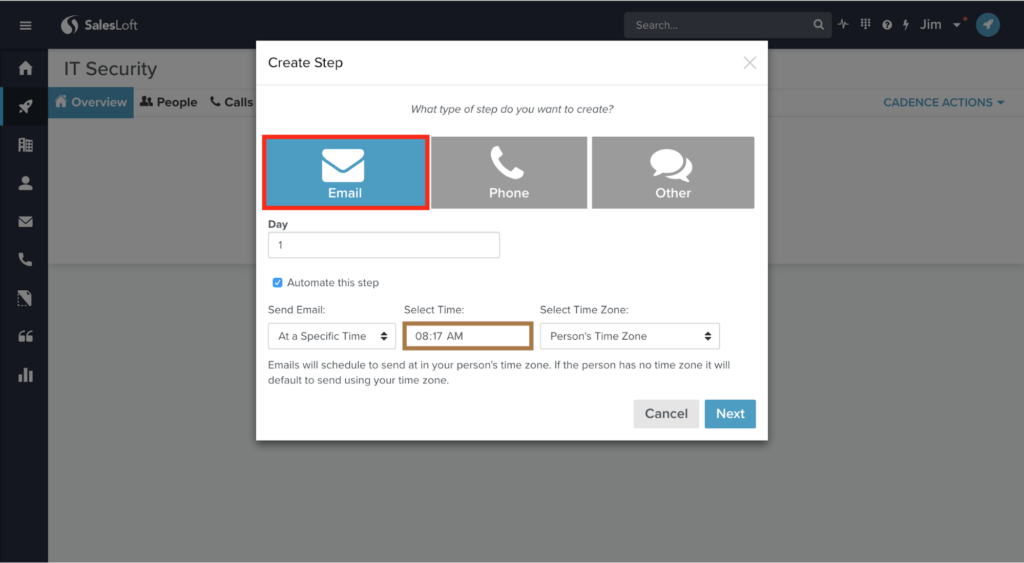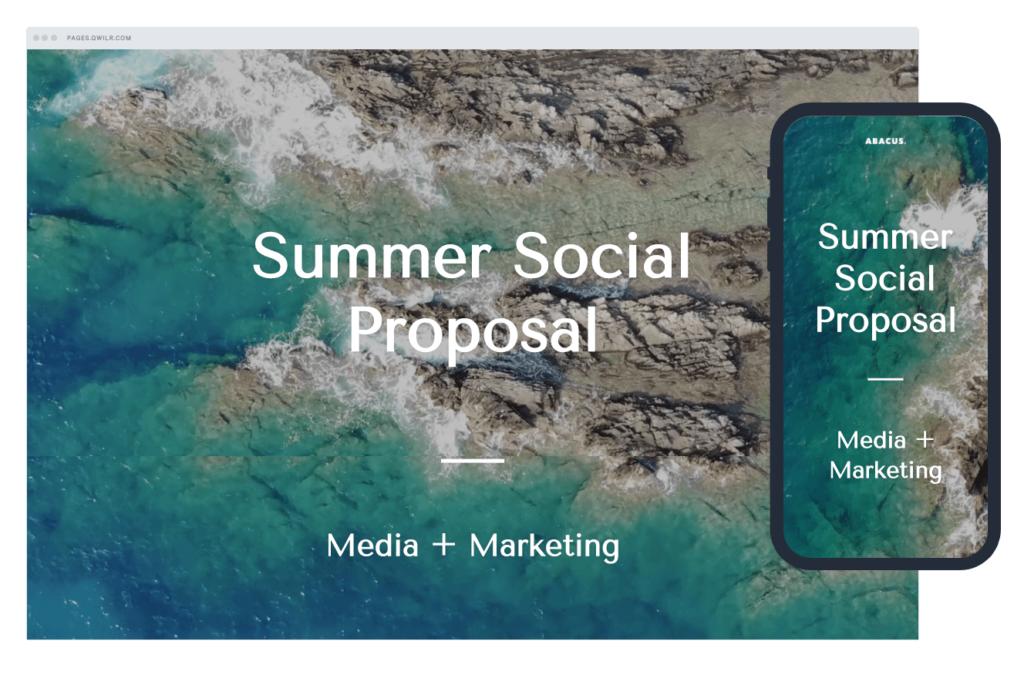Is your business closing as many sales deals as you’d like?
Many businesses have teams of marketers who optimize everything they can. They’re A/B testing Facebook Ads, landing pages & email campaigns to increase the amount of leads.
But once a lead is generated and handed over to sales, the process often gets a lot less efficient and reps are often using their own pitch decks, CRM processes, proposal template and more. This lack of optimization is not only costing your reps time, but it’s likely costing you closed deals too.
In this article, we’ve collaborated with Aaron Beashel from Qwilr (a company that knows all about the proposal process), to look at common stages of the sales cycle and outline some tools that can help you optimize each stage of the process and close more deals.
In this article you’ll learn about the best sales enablement tools for each stage of the sales process:
Outreach & qualification stage
In this stage, reps are reaching out to leads that have come through from marketing initiatives and trying to get them on the phone to qualify them and set up a time to do a demo.
The process generally goes something like this:
- Lead fills out a form on the company’s website
- Leads details go into the CRM and are automatically assigned to a rep
- Rep reaches out via email and/or phone and tries to connect with the lead to qualify them and set up a time to do the demo
Not only can this process be time consuming for reps, but in my experience it’s not uncommon for 50% or more of the people who completed a form and requested a demo to not actually go on to complete the demo.
So to help you improve this, here are a few sales apps you can use to optimize the outreach and qualification stage of your sales process:
ScheduleOnce
Instead of leads filling out a form, going into a CRM, and being contacted by a sales rep a few hours later, you can use tools like ScheduleOnce to allow leads to book a time for their demo automatically.
ScheduleOnce connects to your reps’ calendars to know when they’re available, and has plenty of options to allow you to group reps together (for example by territory, product, seniority, etc), route leads to the right reps, and decide on a time to do the demo:
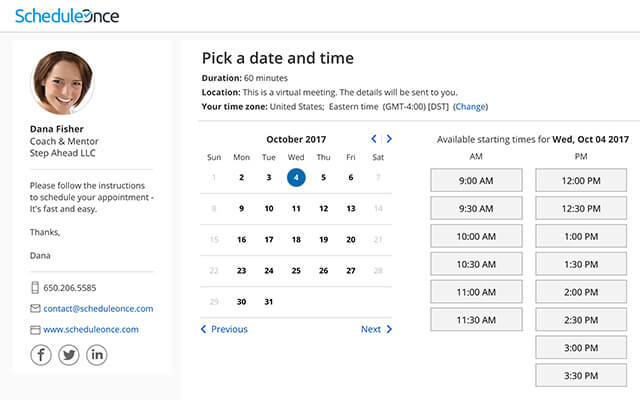
RingCentral
Statistics show that 78% of customers buy from the company that responds to their inquiry first1, and that sales conversions are 391% higher when leads are contacted in the first minute2.
An important part of this is giving your sales reps the tools they need to get on the phone fast. RingCentral integrates directly with CRM systems like Salesforce to allow your reps to simply click the lead’s phone number and be on a call with them in seconds.
RingCentral’s integration with Salesforce also allows you to report on calls using Salesforce’s native reporting tools, so you can build reports that show you how fast your reps are calling leads, which reps are responding fastest and what impact that is having on closed deals:
🤯 On top of all this, RingCentral could save you up to $400 an hour in IT costs.
Explore the RingCentral Advantage for small businesses:
💰 You can also use this calculator to see roughly how much your business could save by using RingCentral to support your team’s communication with each other—and clients.
SalesLoft
Research suggests that 1.3 times is the average number3 of times a rep tries to reach a lead before giving up. However, in a previous role, I used to send seven emails to new leads over the course of two weeks after they requested a demo.
We found that 80% of sales conversations came from emails 2 to 7, with the seventh email actually being the highest converting! Moral of the story: it pays to attempt to contact leads more than just once or twice.
One way to largely automate this process is using Salesloft. It connects to CRM tools like Salesforce to fetch your new leads and then routes them into “cadences,” which are essentially a series of touchpoints like emails, calls or social connections.
It then automates the process of sending those emails or doing those calls. You can set it to automatically send a personalized email, or create tasks in your CRM for reps to do things like make cold calls. (Here’s the software you’ll want to look into for that.)
It’s a great way to establish a process for lead follow-up that you know all your reps will follow:
Demo stage
In the sales demo stage, your sales reps are jumping on calls with leads and demonstrating how your product works and how it can solve their problems.
All demos are different, and all reps likely demo your product in a slightly different way as well, so how do you know what is working—and what isn’t?
Your CRM can tell you which reps are booking more meetings and closing more deals, but what is it that they are doing or saying that is making them more successful?
If you knew that, you could uplevel your whole sales team and close more deals… which is where Chorus comes in.
Chorus
Chorus is an AI platform that connects to your company’s video conferencing solution (like RingCentral!) and analyzes each of your rep’s calls. Its AI technology identifies things like what questions are asked, what value propositions are discussed, and what competitors are mentioned, and then combines all that with win/loss data to identify what works and what doesn’t.
You can use this data to understand things like what messages are resonating most, which competitors are coming up in conversations and how best to position against them, what common objections are how best they are overcome, and you can feed this information back to your reps to improve their win rates:
Proposal stage
In the proposal stage, your sales reps are preparing and sending proposals to leads that outline pricing and a variety of other factors about the deal.
Depending on factors like your product or service, size of the deal, and RFP process, these proposals could be anything from a simple pricing quote to a 100-page document that outlines implementation processes, security practices, and more.
One thing that most proposals have in common though is the medium: today, they’re almost all delivered as PDFs.
The PDF however, was invented in the ‘80s and is a seriously outdated format in modern business. They’re difficult to view on mobile devices, can’t have interactive content like video or pricing calculators, don’t provide any insight into when they’re viewed or how long for, and require separate software to be digitally signed.
These days, what you should be doing is creating and sending your proposals as webpages, and that’s where Qwilr comes in.
Qwilr
Qwilr makes it easy to create proposals as beautiful, mobile-friendly webpages.
The drag-and-drop builder makes it easy to add elements like text, images, videos, tables and more, plus there’s also advanced elements like digital signatures and pricing tables which can be adjusted by the user (for example, the lead can say they want 10 widgets instead of five, and the pricing updates automatically, instead of them having to go back to the rep and ask for an updated proposal).
Reps can share the proposal as a link and get notifications via email or Slack when the lead views the proposal, allowing them to time their follow-up perfectly:
Contract stage
In the contract stage, your sales reps are preparing and negotiating the sales contract, likely with the lead, and possibly even with in-house or external counsel.
This can often be the most time-consuming part of the sales process, with multiple people involved sending documents back and forth via email. It’s also one of the most risky parts, with research from the TAS group4 showing that the longer a deal is in the sales process, the more likely you are to lose it.
The good news is that there are a number of tools to help with the contract stage of the sales cycle, including:
Woodpecker
Most sales contracts start with a rep taking the default sales contract template and filling in the customer details, like the name of the company, address, products being purchased, and pricing. It’s time-consuming and prone to human error.
Woodpecker is a Microsoft Word add-on that can help automate this. Instead of the rep manually going through every page of the contract looking for the places they need to add customer details, Woodpecker automatically detects the placeholders in the contract (like [Company Name]) and presents the signee with a simple form to complete.
Once your almost-customer’s details are entered, Woodpecker automatically updates the contract with the information, saving your reps time and helping minimize errors (and potentially invalid contracts):
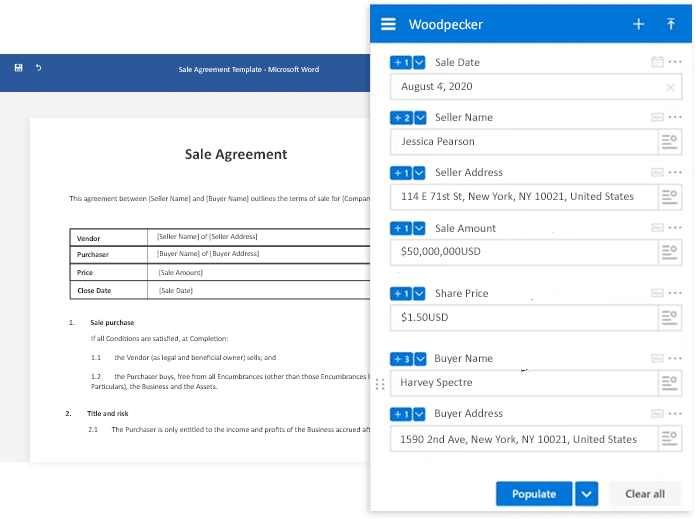
AuthorAPPROVE
Once the contract is drafted, it often needs approval from in-house counsel before being sent to the customer. This can be frustrating for sales reps, particularly if the legal team takes a day or two to review it (and then approves it without changes). It basically means the deal has been held up for two days for no reason.
AuthorAPPROVE is an automated contract review tool that can help with this. Legal teams set parameters on contracts and reps submit them to AuthorAPPROVE for approval. If the details of the contract are within the set parameters (for example, the price is correct, no excessive discounting, etc.) then the contract can be automatically approved. If there’s an issue, AuthorAPPROVE notifies the legal team and highlights the issue, saving them from having to read the whole contract to find it.
It’s a great way to speed up the legal review part of the contract process and helps close more deals.
Simul Docs
Once the contract has been approved internally, it’s then sent over to the customer for review and negotiation. This negotiation process can often be long, with many Word documents sent back and forth via email (hopefully with Track Changes turned on).
It’s also fraught with risk. With so many versions of the contract flying around in email threads, it’s easy for people to sign the wrong one. In fact, in 2009 a city in the UK signed a 15-year deal with a waste management company to collect and dispose of the city’s waste.
Unfortunately though, they signed the wrong version of the contract—and were looking at being out of pocket over £500,000 over the life of the contract. The issue was eventually rectified in court, but it took over seven years and likely tens of thousands of pounds to get there. (Seriously, Google it.)
Let’s just say that proper version control is important when negotiating contracts, and Simul Docs makes it easy.
Instead of sending sales contracts around via email, you simply upload it to Simul and invite collaborators in. Each collaborator can open the latest version of the document in one click, and any changes they make are automatically saved as a new version. At any point, you can see a full version history of a document including what changed, who changed it, when, and why.
Not only does it make negotiating contracts easier, but it can also save you from making some very expensive mistakes.
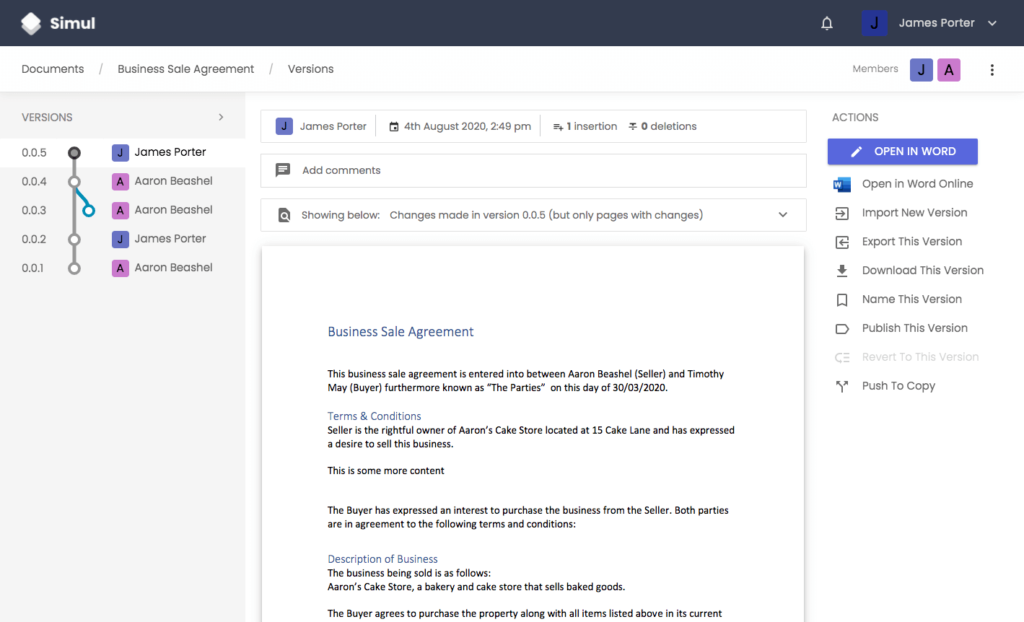
Which sales enablement tools will you use?
If you can enable your sales team and optimize your sales process, you could reap a ton of benefits: more closed won deals, shorter sales cycle times, better sales team productivity, and more.
Check out some of the tools we mentioned above and start closing more deals today!
1, 2vendasta.com/blog/lead-response-time
3geckoboard.com/best-practice/kpi-examples/average-follow-up-attempts
4inflexion-point.com/Blog/bid/32775/5-Facts-about-how-b2b-sales-cycles-are-changing
Originally published Jul 01, 2020, updated Aug 04, 2022


